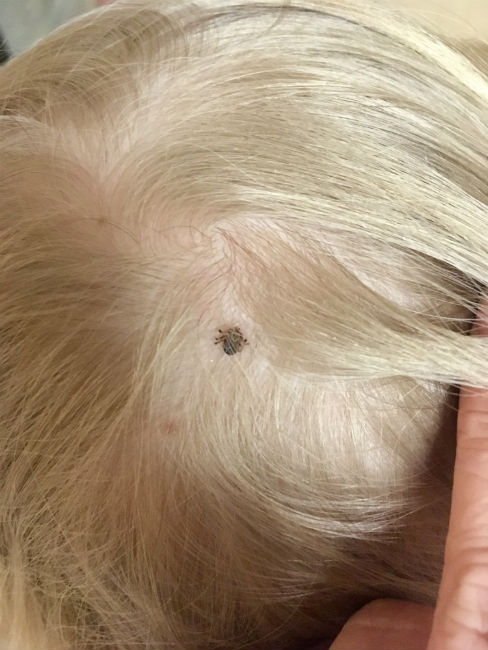Such species of ticks as Ixodids can transmit pathogens to humans and animals through the bites. There is a great diversity of tick-borne illnesses as their hosts are different species of birds, rodents, reptiles and animals, which, in turn, are natural reservoirs of various parasites, bacteria and viruses. The most common tick diseases that are widely-spread in the world are encephalitis, anaplasmosis, Lyme disease, ehrlichiosis, babesiosis, tularemia, and Q fever.

What ticks are vectors of diseases
Infected adult ixodes can easily infect humans with tick-borne pathogens mostly in spring after long winter hibernation. In the USA the most common tick-borne illness is Lyme disease. In 2010, the Centers for Disease Control and Prevention (CDC) reported of 22,500 confirmed and 7,500 probable cases of Lyme disease.
An American dog tick or wood tick is a common tick species that carry bacteria responsible for Rocky Mountain spotted fever and tularemia in people.
A sheep tick is typically parasitic on sheep and cattle as well as humans. It is a vector of looping ill in sheep and a vector for Lyme disease spirochete in humans.
A black-legged tick can bite people and transmits borreliosis (Lyme disease) in eastern US. However, it is primary parasitic on mice of genus Peromyscus.
A western black-legged tick feeds on dusky-footed wood rats and get infection from them. In fact, it is the principal vector for Lyme borreliosis in humans in western US (esp. in northern California)
A deer tick is a northeastern tick now recognized as same species as the western black-legged tick mentioned above.
A taiga tick is a vector for Lyme disease spirochete, ehrlichiosis, encephalitis, and babesiosis in northern woods.
There are also ticks that do not bite humans, however, they are hazardous to warm-blooded animals. Ixodes spinipalpis and Ixodes neotomae transmit Lyme disease spirochete to cottontail rabbits and wood rats.
Who are at risk of exposure to tick diseases
Outdoor workers, gardeners, woodmen and others who work at sites with ticks are at risk of exposure to tick-borne illnesses. Worksites with high grass, trees, bushes, leaf litter, or dead plant matter are likely to have more ticks as it is their natural habitat. Outdoor workers in most regions of the world should protect themselves from ticks and their bites. They should be watchful in the spring, summer, and fall. These are seasons when ticks are most active. However, they may be active all year round in warm regions.
Common tick-borne illnesses in the US
The most common tick diseases in the United States are Lyme borreliosis, babesiosis, tularemia, ehrlichiosis, anaplasmosis, Q-fever, Rocky Mountain Spotted Fever, Colorado tick fever, Southern tick-Associated rash illness, tick-borne relapsing fever, and Powassan encephalitis. You can find more information here.
Symptoms of tickborne diseases
In fact, there are many symptoms that are associated with tick-borne diseases. Patients complain of headaches, fever, pain in body, joints and muscle, rashes, stiff neck and facial paralysis. However, infected people may experience not all of these symptoms. Moreover, many of these symptoms can occur with other diseases either. In addition, some patients may have symptoms such as arthritis, muscle and joint pain, or fatigue for an extended period of time even after treatment.
Thus, tick diseases are difficult to diagnose. However, specialists provide treatment guidelines taking into account the symptoms, clinical signs and the possibility that the human has been exposed to infected Ixodic ticks.
Physicians successfully treat most cases with specific types of antibiotics (doxycycline, chloramphenicol, rifampin, and others). However, you should start your treatment as early as possible.
To sum up, persons who experience a tick bite should be alert for symptoms suggestive of tick dseases. In fact, a tick bite is usually painless, and about half of the people who develop tickborne illnesses may not even remember being bitten by an Ixodid. It is obligatory to take temperature for 14 days after the bite. Consult a physician if fever, rash, or other symptoms of concern develop.
Leave a Reply